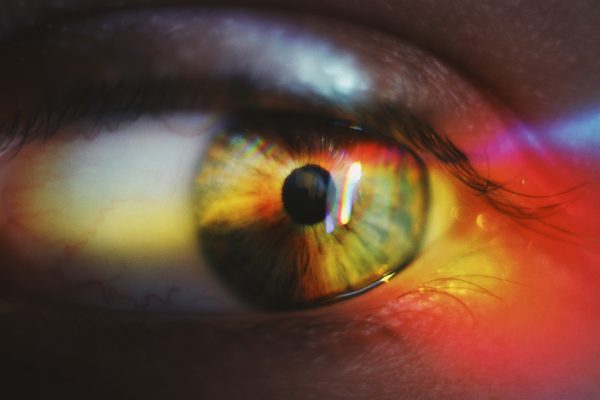WHAT IS GLAUCOMA?

January is glaucoma awareness month. Glaucoma is a condition that can lead to vision loss or blindness as it damages the eye’s optic nerve. Increased fluid builds up and creates pressure, which leads to the damage. The disease is the third most common cause of blindness in the United States, and it is the leading cause of preventable blindness. Other causes include cataracts, diabetic retinopathy, and macular degeneration. Loss of sight is gradual and irreversible. However, with early detection and treatment you can protect yourself against vision loss.
Quick Facts About Glaucoma
- It affects 3 million Americans over age 40
- These numbers are expected to increase by 50% to 4.3 million by the year 2032
Several factors influence your risk of developing glaucoma. Some groups that are statistically at a higher risk are:
- Anyone over the age of 60
- Diabetics
- African Americans (6 to 8 times more likely)
- Those with a family history
If diagnosed, you should:
- Regulate your blood pressure
- Get regular checkups with your eye doctor
- Also, make sure your medications
- Don’t smoke
- Maintain a healthy weight
WHAT CAUSES GLAUCOMA?
Our eyes need fluid circulating through them to work properly. This fluid has a continuous cycle of entering our anterior chamber and draining back out to nourish nearby tissues. When it does not drain properly, pressure builds up. This results in a reduction in the amount of blood that can reach the optic nerve, which causes the nerve cells to die off. Blind spots form and can eventually lead to full blindness. There are four different types of glaucoma: open-angle (chronic), closed-angle (acute), secondary, and congenital.
Open-angle: This is the most common type of glaucoma. The fluid channels in the eye narrow as you age. This makes it more difficult for fluid to drain out, which can lead to the disease.
Closed-angle (acute): This type of glaucoma is caused by a sudden increase in intraocular pressure (IOP). This occurs when the iris (the colored part of the eye) is pushed to cover up drainage channels. Closed-angle glaucoma is only responsible for around 10% of cases in the U.S.
Secondary Glaucoma: Secondary glaucoma may be caused by an accident that injurers the eye. Additionally, some drugs, such as steroids, as well as severe cases of cataract or diabetes, can cause this type of glaucoma. The type of treatment will depend on the cause.
Congenital Glaucoma: Also known as childhood glaucoma, this condition is present at birth. It occurs when the drainage system of the eyes do not develop correctly before birth.
Stay tuned for treatment options available!

